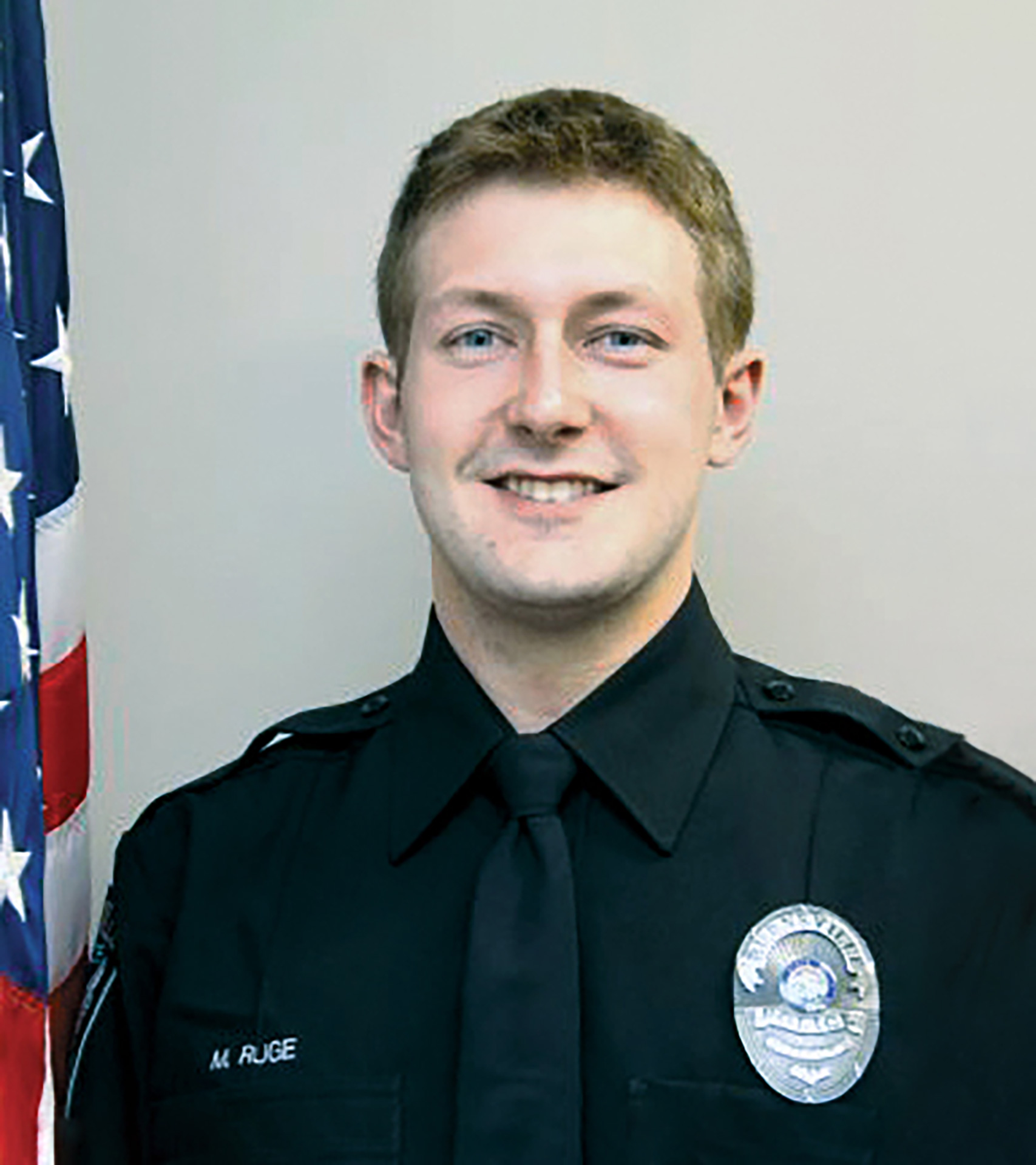[ad_1]

Law enforcement officials in Minnesota are raising the alarm on a disturbing increase in assaults against police officers following a recent triple homicide in Burnsville where two police officers and a paramedic were killed.
Officials pointed to data from the Minnesota Bureau of Criminal Apprehension (BCA), which revealed a staggering 160% rise in reported assault incidents against officers over the past decade. From intimidation to assaults with deadly weapons, officers have faced approximately 3,400 assaults since 2021, with a 10% increase reported last year alone.
The recent spike in assaults mirrors a national trend: despite a decrease in killings of police officers, overall assaults on law enforcement are on the rise.
Professor Maki Haberfeld from John Jay College of Criminal Justice in New York City expressed his concerns in an interview with the Star Tribune.
“This is unacceptable in a democratic country,” Haberfeld said.

Experts cite a combination of factors contributing to the increase in assaults, including a surge in violent crime, the impact of the COVID-19 pandemic, anti-police sentiment, staffing shortages in law enforcement agencies and a rise in gun ownership.
Professor John Shjarback from Rowan University’s Department of Law and Justice Studies drew a correlation between gun violence against law enforcement and general violent crime rates, noting that 2020 saw a significant increase in national homicides.
“Gun violence against law enforcement tends to follow a similar pattern for violent crime in the general population,” Shjarback said. “And 2020 was the single largest increase in terms of national homicide in our country’s history.”
The tragic events in the Twin Cities suburb of Burnsville on February 18 demonstrate the dangers faced by law enforcement officers daily. The killings of Burnsville Police Officers Paul Elmstrand and Matthew Ruge, along with paramedic Adam Finseth, mark one of the few instances where multiple officers were killed in a single incident in Minnesota.
According to police, the officers were responding to a domestic assault call when they engaged in a standoff against 38-year-old Shannon Cortez Gooden, who had seven children trapped inside his home. Gooden fatally shot the officers, then killed Finseth while he attempted to render medical aid to them. He then took his own life.
It was later discovered that Gooden was prohibited from owning firearms.
Burnsville Police Chief Tanya Schwartz praised the sacrifice made by officers and paramedics.
“Our police officers and our fire paramedics, they come to work every day, they do it willingly, they know that they might have to give up their life for their partner’s, for someone else,” the chief said. “They know they have to give up their life sometimes, and they do it anyways.”
While deadly attacks against officers remain relatively rare, the Burnsville incident is a stark reminder of the risks officers face.
In response to the rise in assaults, there have been several calls for action, with some experts advocating for improved training and resources for law enforcement to handle complex situations that may escalate.
Others, like Haberfeld, attribute the increase in attacks to an “anti-police climate” perpetuated by politicians and media.
Shjarback blamed the problem on the prevalence of guns in the U.S.
“This is an American phenomenon,” he said. “The same level of police officers are not shot and killed in many other countries around the world. So we are unique in that American police officers are at a heightened risk.”
The rise in assaults coincides with a surge in gun purchases during the pandemic, leading to concerns about firearms ending up in the wrong hands. Proposed gun control measures, including increasing the age to purchase certain firearms and implementing safe storage laws, are being considered by lawmakers in Minnesota.
As the state grapples with this concerning trend, the safety and well-being of law enforcement officers remain a top priority.
[ad_2]



